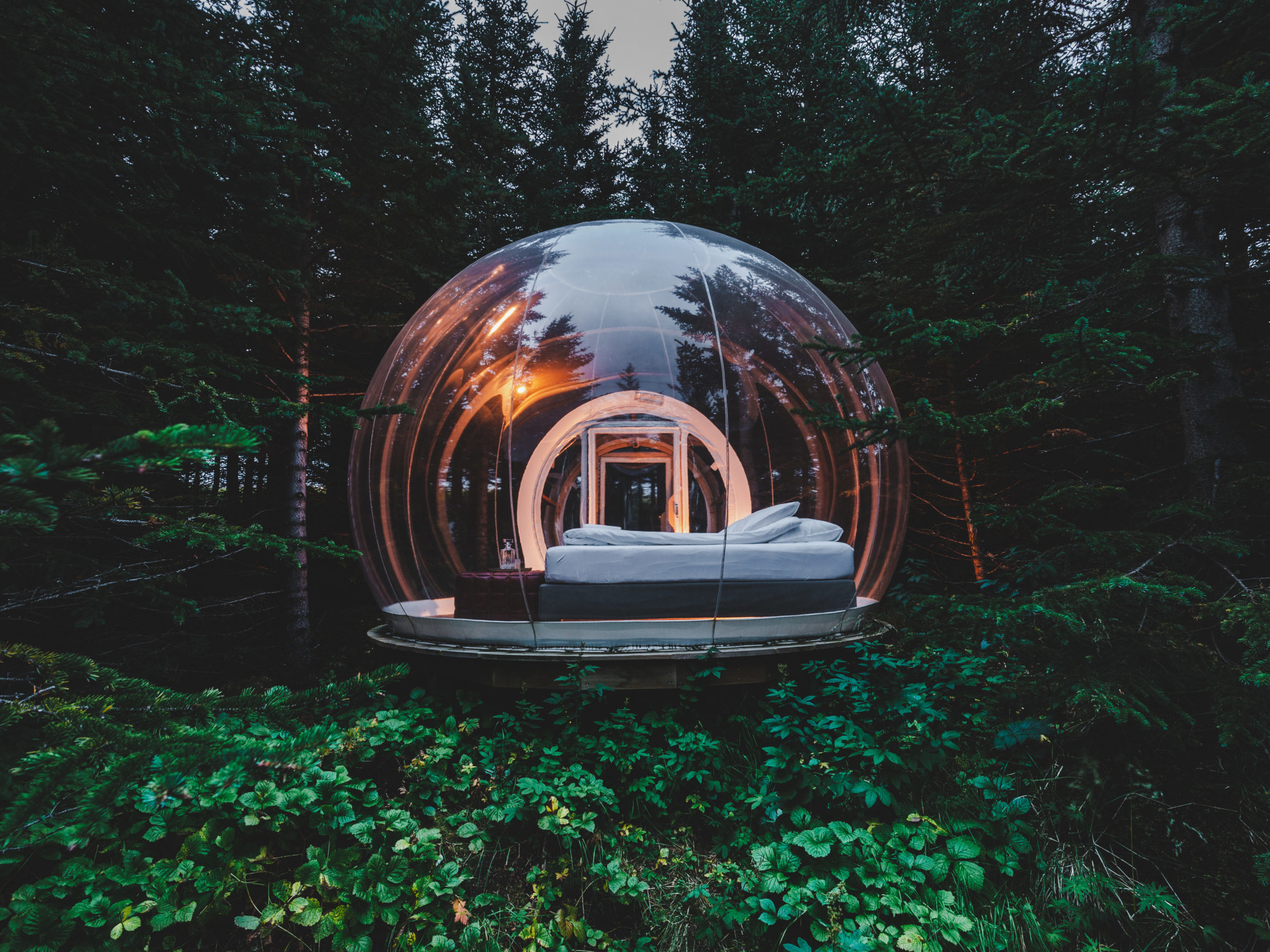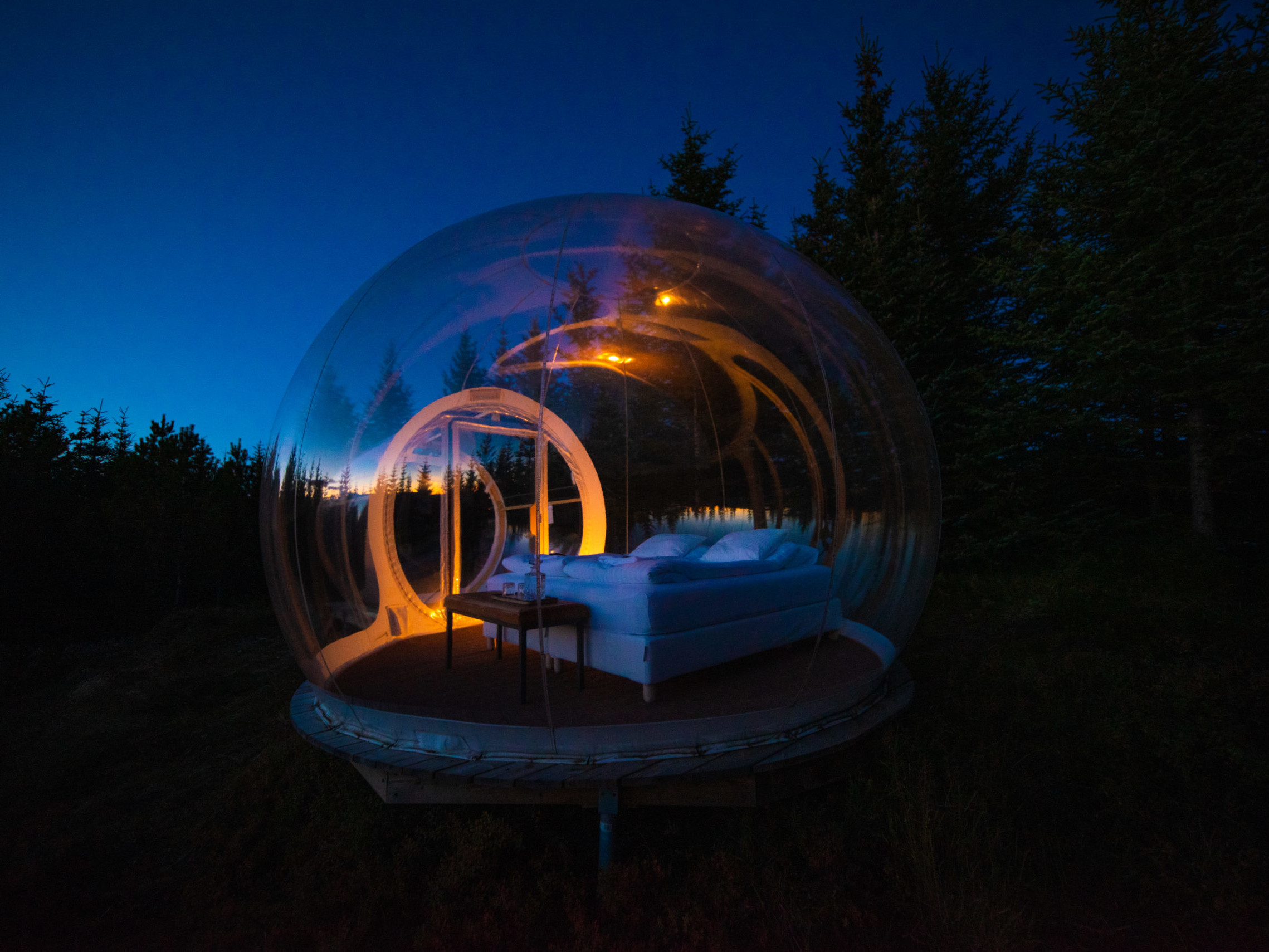Iceland Rye Bread Baked by the Bubbling Geysirs
Text by Sonia Nicolson
Working with the Land
Iceland offers an incredibly unique landscape of lava, moss, glaciers, volcanos and active land, with bubbling hot springs breaking through rifts in the earth. Its incredible to live alongside this magnificent natural force, fire and ice. The Icelanders relationship with the natural world goes beyond mere resilience but reaches into the realm of harmony. The Icelanders have made this island and its formidable elements work for them, you can see this in one rather unsuspecting source, the Icelandic Rye Bread.
Rye Bread, known in Icelandic as Rugbraud, is a delicious Icelandic bread traditionally baked in the ground. The ground is heated by bubbling Geysir bubbling in the pebbled sand of the Laugavautn shoreline.
Geyser, Geysir
The English word geyser, with refers to a periodically spouting hot spring, derives from Geysir. The name Geysir itself comes from the Icelandic Old Norse verb geysa, “to gush”. Eruptions at Geysir attracts visitors daily to watch the magnificent eruption of boiling water being hurled up to 70 metres in the air. However, the geysers used to bake this bread at Laugavautn are all underground and bubble away within the sand, no dramatic hurl of water but they’re very very hot.
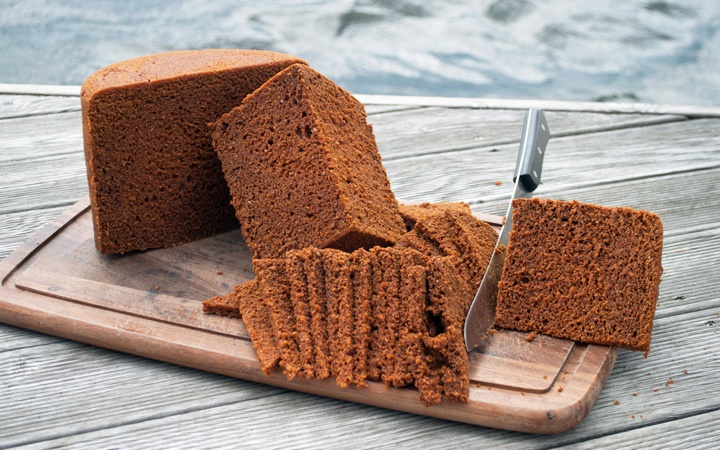
Photo by On The Luce
How to Bake Rye Bread
The recipe Icelanders use is typically handed down from generation to generation. Each families recipe is basically the same but some have adapted it and added a secret ingredient.
The standard recipe is as follows:
4 cups Rye Flour
2 cups Wheat Flour
2 cups Sugar
A pinch of Salt
4 tsp Baking Powder
1.2 litres Milk
Once the mixture is mixed together, bake it for 24 hours in an unconventional oven, i.e the ground heated by hot springs.
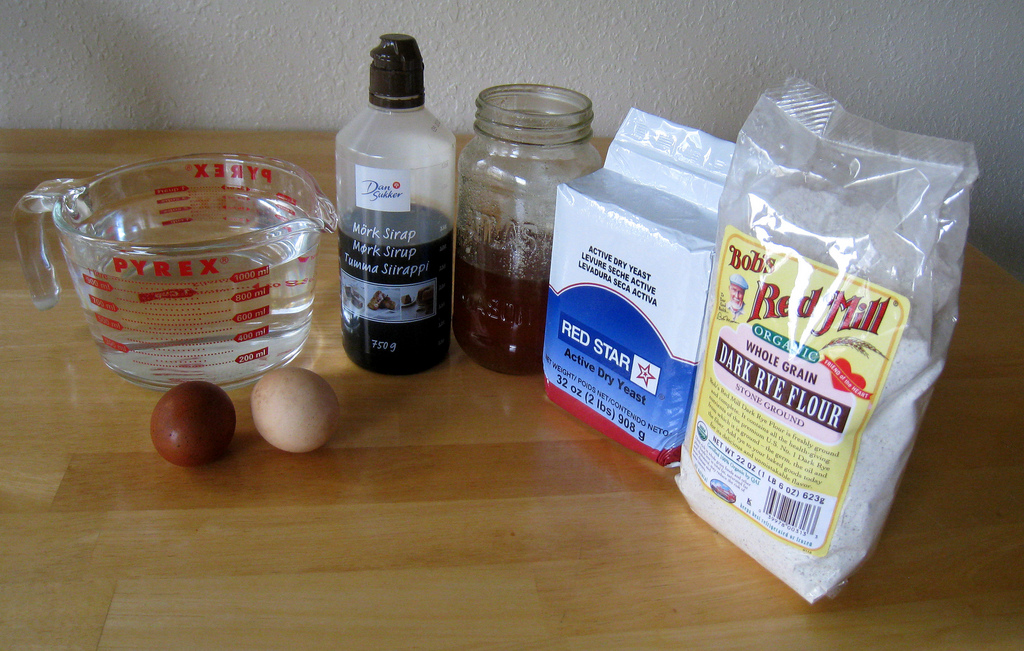
Photo by Dvortygirl
The Traditional Baking Method
A hole is dug in the ground about a foot deep. The ground starts to boil, the temperature is around 97’c when the bread goes in to bake. The bread is baked in a pot, submerged into the hot sand and covered over. A stone is placed on top to mark to locals where the bread is being baked. The entire process takes around 24 hours, then the bread is ready to be dug back up. After cooling it with water from the lake, the vessel is then opened to reveal a fully cooked loaf of Rye Bread.
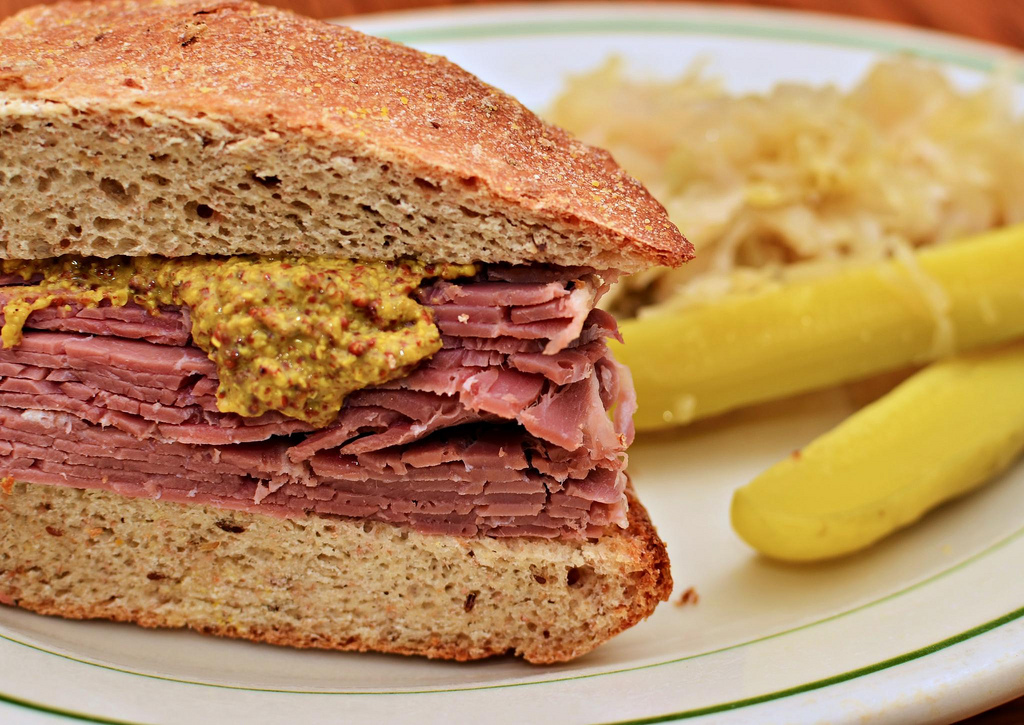
Photo by jeffreyw
How to Eat Rye Bread
When cooked in this particular way, Rye Bread is sometimes referred to as hverabraud, which translates as ‘hot spring bread’. Many locals bake Rye Bread this way and have been doing so for many generations. Unique to Iceland, Rye Bread is enjoyed with butter, topped with smoked salmon, smocked tout, herring and egg; delicious.
Fontana Geothermal Spa
Fontana geothermal Spa in Laugavautn, a small lakeside town on the Golden Circle, is run by Sigurður Rafn Hilmarsson who has become something of a national icon for his Icelandic Rye Bread. Hilmarsson has prepared bread for countless visitors, including the president. When asked what makes his bread so special, Hilmarsson modestly replied “it has a bit more sugar in it than most,” he said.
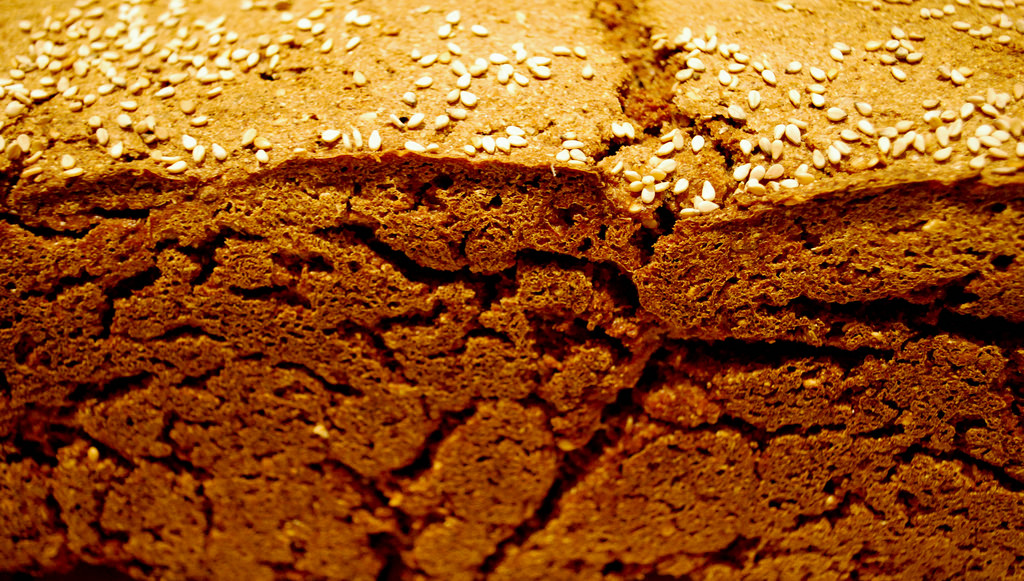
Photo by Katrine Thielke
Cake, not Bread
The sugar content in Rye Bread results in a taste and consistency more akin to that of cake but most would say that the most remarkable element of Rye Bread is in its traditional preparation. Unlike most breads, this Rye Bread is buried in a bubbling geothermal pit and baked underground.
Experience it For Yourself
Rye Bread is still a staple in todays Icelandic cuisine but many now use the simpler and more convenient baking method of an oven. Sigurður Rafn Hilmarsson remains true to his Icelandic families roots “this method was passed down from my grandmother to my mother to me,” he explained. “That’s the one we are using here.”
This is a daily practice for Hilmarsson at the Fontana geothermal Spa where you can experience a demonstration of this unique method first hand on the lakeshore.

